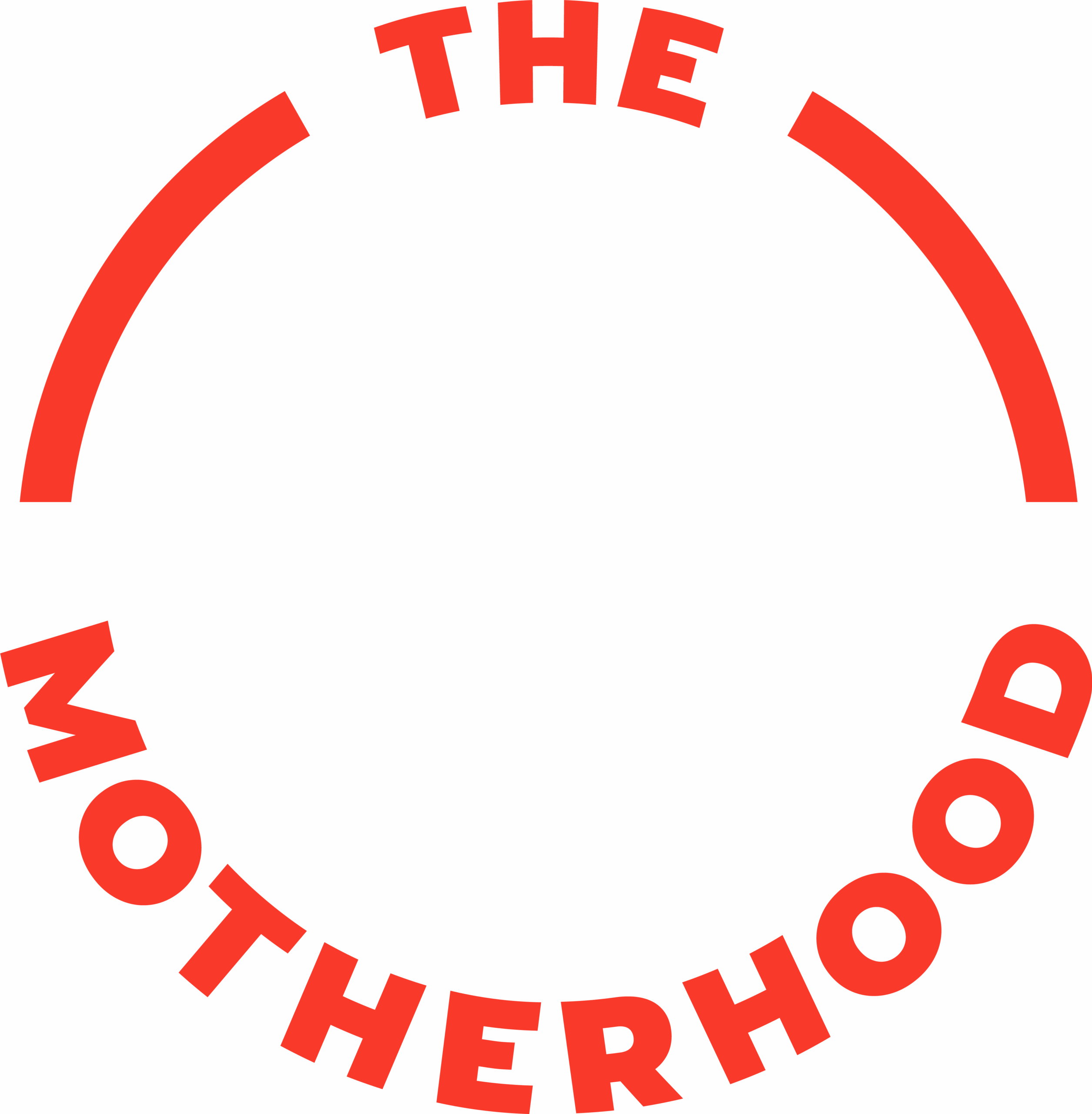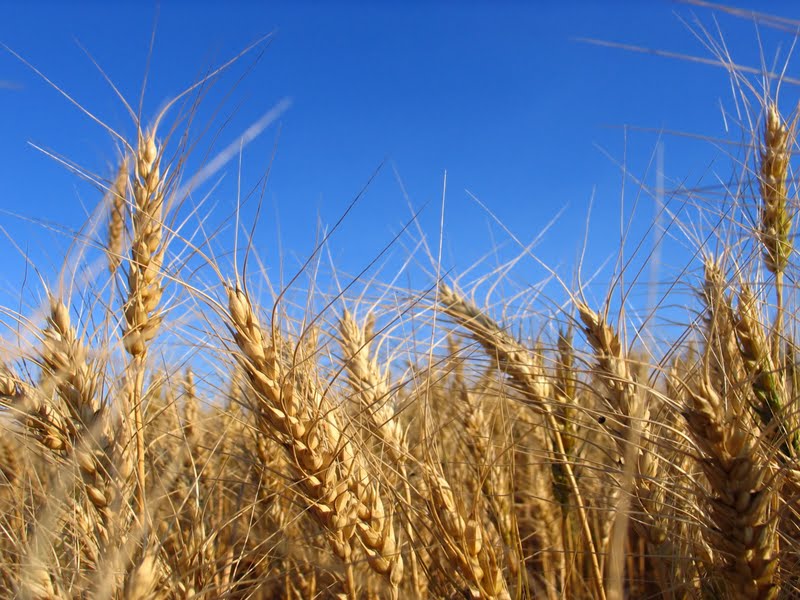These days, it seems like everyone either has a problem with gluten or knows somebody who does. Walk down any aisle in the grocery store, and you’re likely to see items labeled “gluten-free.” Clearly more and more people are choosing–or needing–to go without gluten. But why, and what does it mean?
Debbi Smith of Debbi Does Dinner Healthy, along with Lauren of As Good as Gluten and Lisa of My Extraordinary Life popped into The Motherhood today to share information, resources and advice on going gluten-free.
One foundational question: where exactly is gluten found? Most people know gluten is contained in wheat, but it seems like it’s in a lot of other foods–and it is. Barley and rye as well as wheat contain gluten, making almost all commercial baked goods and pastas off-limits. Pizza usually is too, though Debbi offers a recipe for gluten-free pizza. Packaged lunchmeat is a less obvious culprit. Lauren emphasizes the importance of reading every label, noting “The less obvious foods I tend to find are spices, sauces, and seasonings. Gluten hides in a lot of products like sauce/spice pre-mixed packets and dressings/sauces.” Debbi says she’s even heard of lipsticks containing gluten.
Even though our panelists agreed that finding gluten-free alternatives is easier now than in the past, it’s still challenging. Which leads to another question: Why on earth would anybody subject herself to a diet that seems so limiting? On doctor’s orders, maybe, though many people, like Debbi, make the choice on their own. Going gluten-free makes them feel so much better that it’s absolutely worth giving up certain foods. Lauren observes, “I can eat everything I used to love and I eat healthier.” Debbi and Lisa found the Wheat Belly book and blog informative and helpful in choosing to go gluten-free.
So what kinds of things might tip you off that going gluten-free is the right choice for you? Debbi says that anyone with unexplained aches and pains might consider gluten-free: ” I would suggest to anyone who takes any kind of pain medication regularly to give it a try.” Lauren points out that gluten affects different people in different ways, so it can be tricky to know if a problem is caused by gluten. Some problems that may be gluten-related are any kind of digestive or stomach-related problems, whether immediately after eating gluten or a few hours later. She notes that some people are tired and fatigued all the time, and some have skin problems (like red blotches). Lisa’s reports that her daughter had “chronic sinus issues, mood swings, (and a) bloated looking belly.” Debbi says it’s often easy to tell within days of eliminating foods from a diet whether it makes a difference, but only a doctor can diagnose celiac disease.
As with any special diet, dining out can be a challenge when you can’t eat gluten. Debbi says PF Chang’s, Red Robin and Outback offer gluten-free menus. Lauren mentions Chipotle as another good option. Gluten-free dining strategies Lisa uses include sticking to “whole, plain, un-marinated or unseasoned foods. We ask questions about cross contamination and often try and just develop a relationship with our local restaurants in order for them to understand our needs.”
While you have a lot more control over ingredients and cross-contamination at home, but it can be tricky to replicate former favorite foods that contain gluten. Especially challenging are baked goods, of course. Lauren offers this wonderful gluten-free sandwich bread recipe that looks truly mouthwatering. Those who are familiar with gluten-free diet are probably familiar with Udi’s gluten-free bread. Lisa shares her Udi’s White Bread Copycat Recipe, which also looks delicious. Even with recipes in hand, it can sometimes be expensive to procure gluten-free ingredients. Lauren grinds her own rice flour by putting regular brown rice in a dedicated coffee grinder or her Magic Bullet, which she loves. After all, as Debbi acknowledged, rice is cheap, but rice flour is less so! Lisa saves grocery dollars by “sticking to foods that are naturally free and in season.”
It’s not clear whether more people are having problems with gluten, or whether we’re just more aware of it. What is clear is that the Internet is a source of lots of great information for people who are considering going gluten-free. Lauren pointed to the Gluten Free Global Community. TheReal Sustenance blog is also highly recommended, as is the Celiac Disease Foundation’s website. If you think a gluten-free diet could be right for you, you’re definitely not alone. And thanks to our panelists and dozens of bloggers like them, you could soon be eating–and feeling–better than ever.





